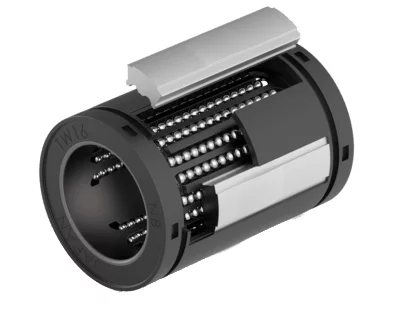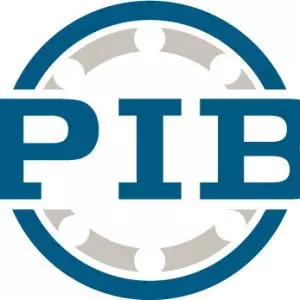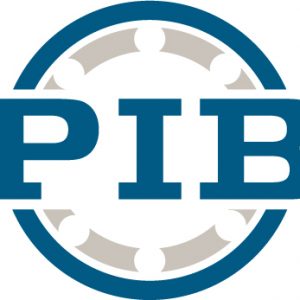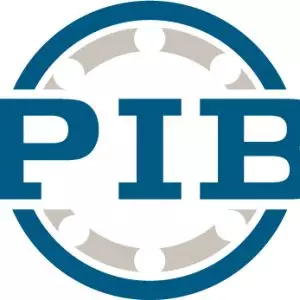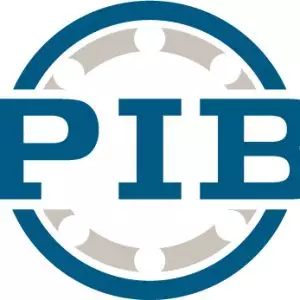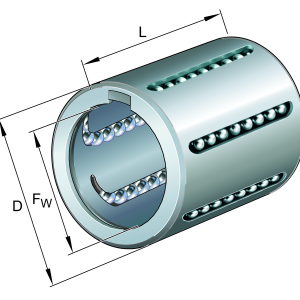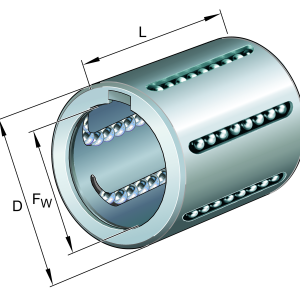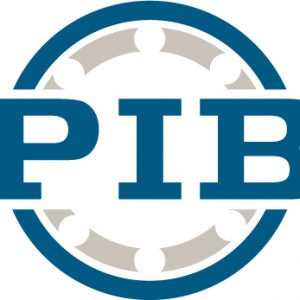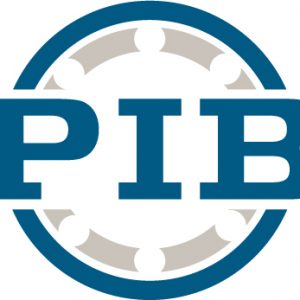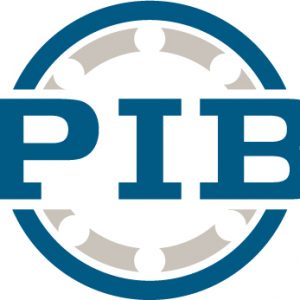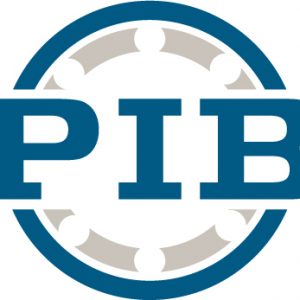Linear Motion Applications
PIB linear bearings can be used in a wide range of automation applications including robotics & automation, medical, milling and machining. Special coatings can be applied making linear guides suitable for harsh environments.
PIB engineers provide support throughout your project. To identify the best solution to meet your needs contact PIB.

Applications
- Robotics/Automation and assembly
- Biotech and medical
- Packaging and labeling
- Milling and machining centers
- Grinding
- Forming and stamping machines
- Lathes and turning centers
- Electronic manufacturing and data storage
- Overhead transport system
- Gentry robots
- Cartesian robots
- Robot transport units
- Robotic Positioning
- X/Y direction applications
- CNC machine tools
- Door motion application
- Palletizers
- Medical imaging systems
- MRI (magnetic resonace imaging)
- CT (computed tomography)
- PET (positron emission tomography)
- Motorized Medical Bed
- Laser engraving systems
- Glass engraving
Linear Guides with Square Rails
Square (profile rails) are flat on the top and bottom, while the sides have a concave shape with ball-conforming races where bearings roll. They typically target applications such as machine tools that require high load capacity, stiffness, and accuracy. A profile rail’s performance comes from its inherent shape and through precise grinding of the rail ball tracks. The raceway on which the balls ride in the rail and carriage is only slightly larger in radius than the balls themselves. This geometry cradles the balls as they flatten slightly under load, which expands the contact area between them and the raceway and results in higher load capacity. Substituting cylindrical rollers for ball bearings can roughly double load capacity in a same sized package.
Square rails can be preloaded to between 3 and 13% of the rated dynamic load. Heavy preloads apply an initial deflection and cut deflection of the system when externally loaded. For example, a 13% preload gives stiffness on the order of 1 to 4 μm/kN. As a result, profile-rail bearings are roughly five times stiffer under load than a round-rail assembly with its convex ball and shaft surfaces.
Hide details
Manufacturers Represented
NB, INA, IKO, Rollon, TSK, NSK, THK, SBC, Bosch Rexroth, IGUS, Thompson, Del-Tron, Bishop Wisecarver, Misumi, LinTech, Hiwin, Nadella, Schneeberger, Lee Linear and CPC.
Which Linear Guide to Choose? Square Rail vs Round Rail
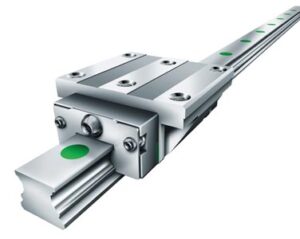
A key advantage of square rails is high positioning accuracy, especially useful in milling and grinding machine tools. They hold from 0.0002 to 0.001 in. over a length of 10 ft, with typical 3 to 10-μm/m parallelism between the bearing guide and rail. They also maintain this precision under moment loads; a single carriage and rail is often better suited for this than a round rail.
Round-rail designs, with a ball-bushing bearing riding on a precision shaft, can offer several advantages over profile rails. Primarily, round rails are generally less expensive. Additionally, square rails are more forgiving of misalignment and poor parallelism, which for many applications can be an issue.
Round-rail bearings also tend to operate more smoothly than profile rail. The point contact of convex surfaces between balls and rail on round types minimize scuffing. Ball bushings typically run with a slight clearance or a light preload about 1 to 2% of rated dynamic load, which also promotes smooth operation.
By comparison, profile-rail bearings with their high conformity and preloads may exhibit “notchiness” in operation. In most cases, that’s not a problem. Also, the simple seals on round bushings tend to add less drag than the wiper on profile rails. Profile-rail wipers must conform to the ball tracks for a good seal, which increases drag compared to round linear bearings.
Another advantage of round-rail bearings is the ability to run smoothly when mounted to less-than-perfect surfaces, often defined as a flatness error greater than 150 μm/m. Square-rail designs are especially sensitive to flatness errors that can cause binding and high drag that can cut life in half.
Hide details









 Short Rigid Couplings
Short Rigid Couplings Controlflex Couplings
Controlflex Couplings Jaw Couplings
Jaw Couplings Oldham Couplings
Oldham Couplings Bearing Locknuts – TCN
Bearing Locknuts – TCN Double Wide Shaft Collars
Double Wide Shaft Collars Heavy Duty Shaft Collars
Heavy Duty Shaft Collars International Series Shaft Collars
International Series Shaft Collars Keyed Shaft Collars
Keyed Shaft Collars Mountable Shaft Collars
Mountable Shaft Collars Quick Clamping Shaft Collars
Quick Clamping Shaft Collars Set Screw Shaft Collars
Set Screw Shaft Collars Thin Line Shaft Collars
Thin Line Shaft Collars Threaded Shaft Collars – Pacific International Bearing Products
Threaded Shaft Collars – Pacific International Bearing Products Two-Piece Shaft Collars
Two-Piece Shaft Collars Friction Bearing Universal Joints
Friction Bearing Universal Joints Needle Bearing Universal Joints
Needle Bearing Universal Joints